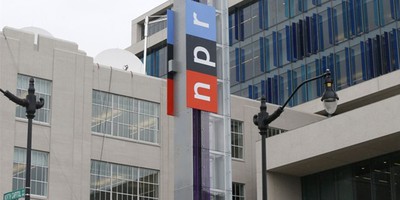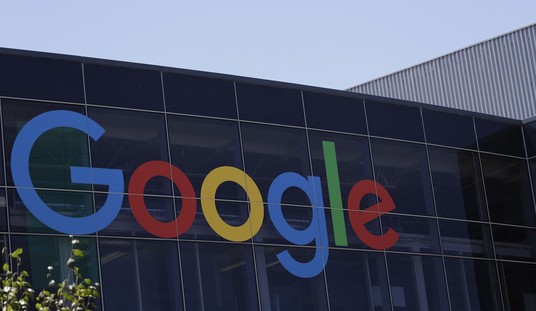During the past two decades, management teams at virtually every major U.S. company have identified plans to move into foreign markets. Whereas in terms of population and purchasing power, the European market offers the same opportunity as the U.S. market, emerging markets such as Brazil, China, Russia, and Indonesia are becoming the third major economic block in the world.
Indeed, international sales growth has been the biggest top-line driver for hundreds -- if not thousands -- of U.S. companies in recent years. Yet it cuts both ways. The companies with considerable foreign exposure are smarting right now. Ford Motor (NYSE: F) and GM (NYSE: NYSE: GM), for example, are making huge profits domestically but losing money elsewhere.
Perhaps no single company has been punished for its foreign expansion as much as teen retailer Abercrombie & Fitch (NYSE: ANF). Investors grew excited in recent years by the fact that the company's 100 international stores, which represented just 10% of the total store base, had come to represent about 20% of sales and 30% of operating income in fiscal (January) 2012. These stores were explosively popular among teenagers -- especially in Europe. But right now, these teens aren't spending a dime.
The effect on ANF's share price has been stunning.

I had been watching this stock's steady meltdown, but waited to further research it until it looked like the selling frenzy had abated. Early this week, shares slipped briefly below $30 -- for the first time in three years -- and have started to attract buying interest. With the sellers possibly flushed out, I took a fresh look at Abercrombie & Fitch's current valuation and forward prospects.
And I like what I see.
 How bad is it?
How bad is it?
Management noted challenging sales trends when it released fiscal first-quarter results in mid-May. Same-store sales in the United States are likely to be slightly positive for the rest of the year, while sales at foreign stores are likely to remain weak, perhaps 15% lower than a year ago.
Recommended
Analysts had anticipated a tough outlook a few quarters ago and sharply reduced their earnings forecasts this past winter. On the heels of fresh guidance, they reduced earnings-per-share (EPS) estimates a bit more in the past 60 days. Analysts lowered their fiscal (January) 2013 EPS estimates from about $3.55 to about $3.45. The fiscal 2014 EPS outlook has fallen around 30 cents to roughly $4.25.
Why haven't forecasts fallen even more sharply? "The company has secured better product costs beginning in 2Q12. This enabled management to maintain F2012 EPS guidance even despite weaker international sales," according to analysts at Merrill Lynch, who rate shares a "buy" with a $54 price target (implying more than 75% upside).
Let's assume the worst isn't over, and Abercrombie ends up earning about $3 a share in the current fiscal year and around $3.75 in fiscal 2014. Shares still look like a bargain at around eight times my projected 2014 profits.
Not just cheap
It's not hard to find stocks with cheap forward multiples, but rarely do they involve companies with outstanding track records. While rivals such as Aeropostale (NYSE: ARO) and American Eagle Outfitters (NYSE: AEO) typically post gross margins in the 30% to 40% range, ANF's gross margins haven't dipped below 60% in a decade. This is a management team that has a magic touch when it comes to merchandising, from purchasing to promotional strategies.
Management never moves too quickly when it comes time to alter the product mix. The retailer has historically been known for its tops (shirts, sweat shirts, hoodies, etc.) but is steadily expanding into denim (an American Eagle forte), yoga gear and other niches. That's why management says same-store sales can keep moving up at least modestly here in the United States, even as the economy is slow. (The current European sales weakness implies a large snapback in sales when that region recovers.)
Also, consider that Abercrombie & Fitch has poured a hefty $2 billion into capital spending in the past seven years, which should have led to a drain in free cash flow while growth was being pursued. Yet during that time, ANF has generated $600 million in free cash flow. Now, with the global store expansion largely complete, free cash flow should really take off -- even if sales don't. Merrill Lynch sees free cash flow rising from $150 million in the current fiscal year to more than $300 million in fiscal 2014 and around $360 million in fiscal 2015.
Management has been returning cash to shareholders, buying back $161 million in stock in the fiscal first quarter, and plans to spend roughly $300 million more on further buybacks in the next few quarters. This could boost annual EPS by around 15 cents. The stock's 2.4% dividend yield is decent, though based on projected cash flow trends, it could double in size, even as Abercrombie pursues that buyback plan.
Risks to Consider: The U.S. economy is growing at a modest pace right now, but if we slip into recession again, then this and other retailers might fall even further out of favor.
Action to Take --> Notably, this is the only one of three "A" retailers (along with Aeropostale and American Eagle) trading at a single-digit forward multiple. That's likely due to a challenging fourth quarter that led management to underestimate the slowdown in demand in Europe. Expectations have been reset to a more realistic level, and now it is a matter of time before management restores its credibility.
"We believe as the company once again registers solid upside and provides better visibility that the Street will reward ANF with a multiple in line with their peers; we believe ultimately it should receive a valuation at a premium to their peers," analysts at Brean Murray say. This explains the firm's $65 price target, which is more than 100% above current levels.

























Join the conversation as a VIP Member